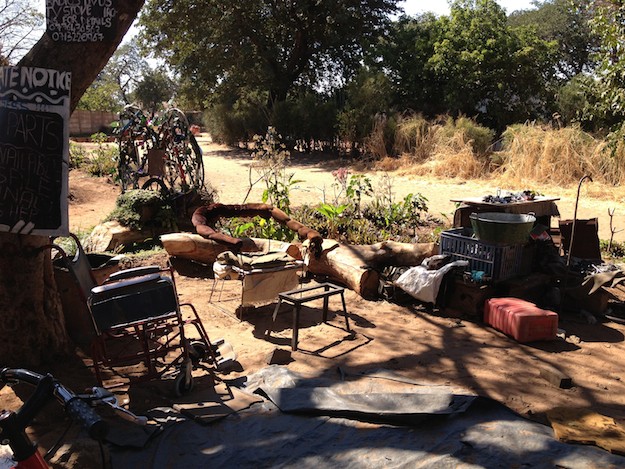Can Platinum Revive Zimbabwe Investment U
Post on: 18 Июнь, 2015 No Comment

by Matthew Carr. Emerging Trends Strategist, The Oxford Club Monday, April 18, 2011 Natural Riches
by Matthew Carr, InvestmentU Research Specialist
Monday, April 18, 2011
The collapse of Zimbabwe is a storied one.
A costly war followed by hyperinflation decimated the country’s economy. But like most nations in southern Africa, Zimbabwe is sitting on a bevy of natural resources. And that’s piquing the interest of sovereign investors and could breath life back into its deflated economy.
Recently, China offered Zimbabwe a $3 billion loan in exchange for a cache of platinum and controlling interest in two gem deposits. That’s tough for the south African country to ignore. According to the International Monetary Fund, Zimbabwe’s gross domestic product was a mere $3.5 billion in 2010.
Platinum. Zimbabwe’s Real Story
Beyond diamonds and gold, platinum is the real story here. And that’s what companies and countries want to tap. Currently, 80 percent of the world’s platinum comes from South Africa.
But Zimbabwe is sitting on platinum reserves second only to its southern neighbor.
And Zimbabwe has one key advantage: Its deposits are shallower than those in South Africa. This should cut down on mining costs.
Platinum recently experienced a collapse about as storied as the one in Zimbabwe’s economy. Between the end of 2007 and October 2008, the metal experienced a meltdown of historic proportions. Its price tumbled from $2,252 an ounce down to $774 an ounce — a loss of 65.6 percent.
But like its precious metal brethren, platinum has recovered, rolling its way back to more than $1,780. And engagement ring and jewelry demand aren’t fueling the bounce back. Platinum owes its thanks to the auto industry revival. Last year automobile sales increased 11 percent. And 37 percent of all the platinum in the world goes straight into making catalytic converters.
This is key. Especially as global new car sales are projected to hit record highs with China, Brazil and India, taking to the highways en masse. Throw into the mix environmental-friendly regulations in the United States aimed to cut carbon dioxide emissions from large internal combustion engines — like those in farm equipment — and you’ve got growing catalytic converter demand.
Investing in Pink Sheet Blue Chips
If you were at the 13th Annual Investment U Conference, you may have heard The Oxford Club’s Emerging Markets Editor Carl Delfeld discuss his concept of Pink Sheet Blue Chips. (Try to say that five times fast.) These are massive companies that don’t trade on the NYSE or Nasdaq for various reasons.
One of these is mega-miner Anglo American plc (PINK: AAUKY ). The company mines for just about everything precious in Africa, South America, Europe and North America.

Last year, 20 percent of Anglo American’s revenue came from platinum.
It accomplished this because Anglo American owns an 80 percent stake in Anglo Platinum , soon to be Anglo American Platinum (PINK: AGPPY ).AngloPlat supplies 40 percent of the world’s platinum, mainly through mines in South Africa .
But AngloPlat is about to make Zimbabwe its crown jewel. After eight years of development, the company’s Unki mine in Zimbabwe delivered the first consignment order at the end of March and is ramping up production. AngloPlat is shooting for 4,400 ounces of platinum per month from Unki, with the goal of 150,000 ounces annually by 2013.
It will be the second-largest platinum mine in operation in Zimbabwe. And Unki will become AngloPlat’s main source of platinum.
Zimbabwe’s Platinum Production Projected to Double
The mine will also be one of the major reasons that Zimbabwe’s platinum production is projected to nearly double from 2010 to 2011.
Here’s the rub for doing business in Zimbabwe though. Under Zimbabwe law, foreign miners like AngloPlat must sell a majority stake to local investors. And they have to do this within the next six months.
Even though it’s currently experiencing a dip because of the Japan earthquake, platinum is projected to trade above $1,800 an ounce in 2011. The great thing about a company like Anglo American is that it’s a truly diversified commodities play — hitting on all those attractive metals in the market .














